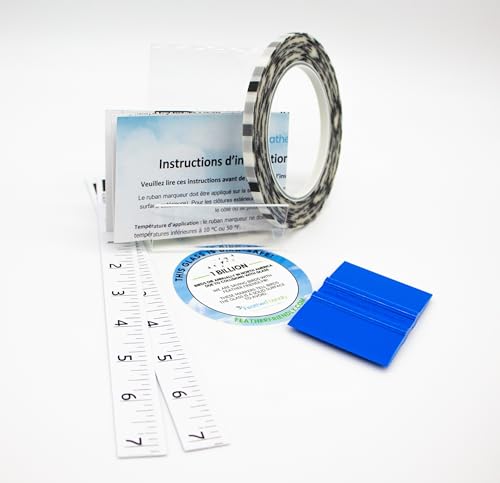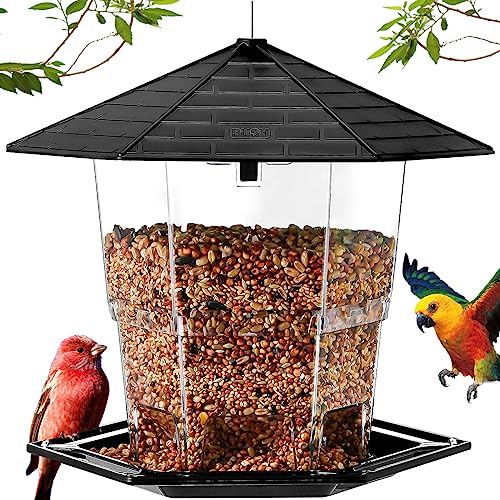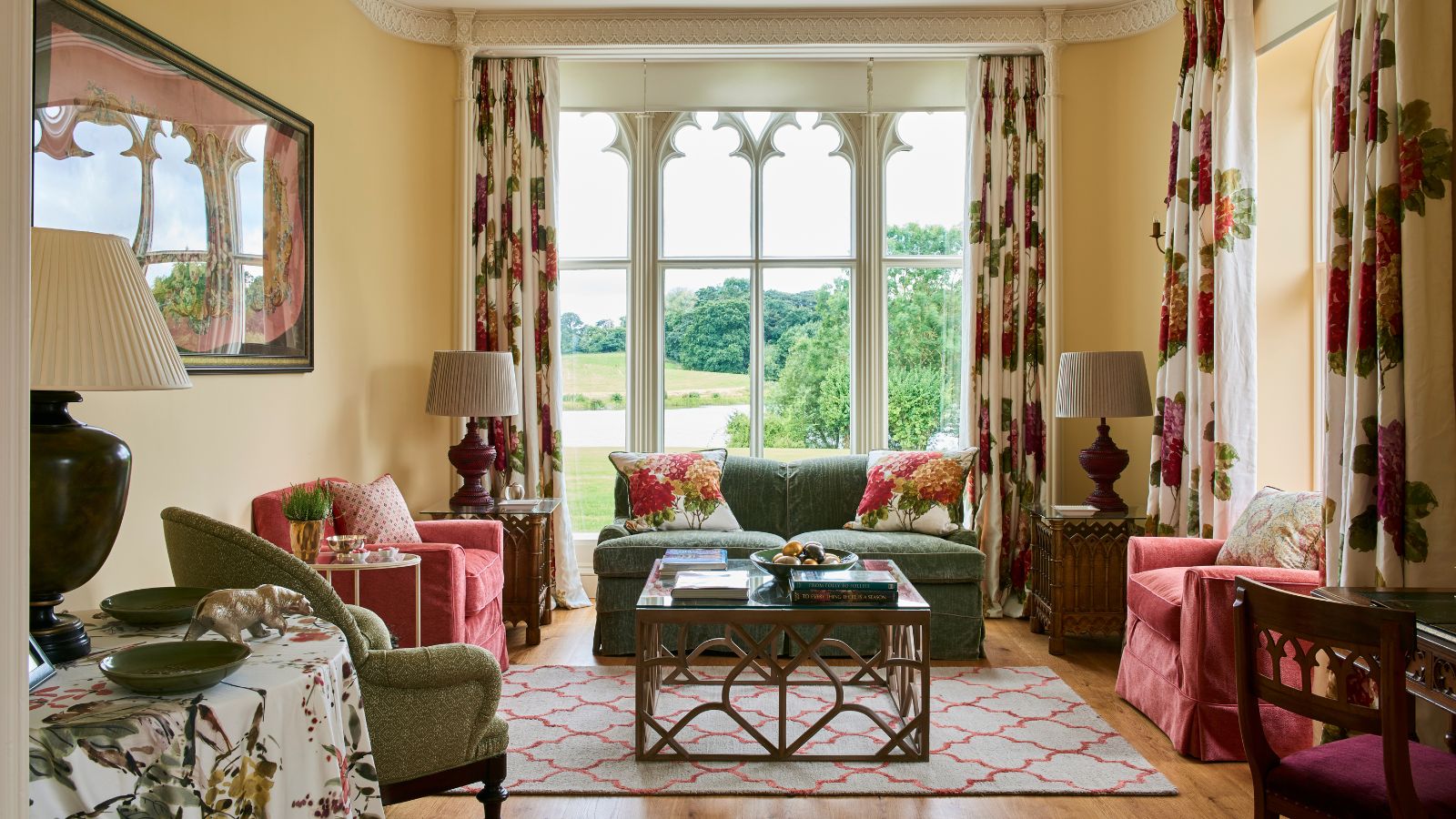
Glass windows, doors and mirrors are a design win for us, but for birds, they can be disorienting. From small patio doors to entire glass façades, reflective or transparent surfaces confuse birds into thinking they’re flying into open sky.
The good news is, you can drastically reduce these often deadly collisions with a few clever, expert-backed changes at home, from making your windows more visible to adjusting the lighting in your home.
All you need are some simple, essential DIY skills to help create a safer home environment for your local birds.
How to stop birds flying into windows, doors and mirrors
1. Apply decals or film to break up reflections

Decals, tape and marker patterns can provide added visibility for birds, helping to prevent them from flying into windows, mirrors and glass doors.
'Birds collide with glass for two primary reasons: Reflection and transparency,' explains Maren Gimpel, associate director of Foreman’s Branch Bird Observatory at Washington College, adding, 'They perceive the reflection of trees or sky as real habitat, or they try to fly through what looks like open space.'
The best fix is to make the glass visible using the right window treatment ideas. Decals, white tape, and marker patterns applied to the outside of the window help break up the illusion. 'These patterns should be no more than two inches apart,' says Maren, adding, 'Spacing is critical – birds will attempt to fly through even small gaps.'
Make sure to avoid common window treatment mistakes that amplify reflections, and instead aim to soften interior views to reduce the chance of strikes.
Feather Friendly window markers [available at Amazon] are a top choice, approved by the American Bird Conservancy and used at Washington College’s environmental center, where they’ve reduced collisions by over 95%. 'They cover only 6–8% of the glass and don’t block views,' Maren explains.
Design expertise in your inbox – from inspiring decorating ideas and beautiful celebrity homes to practical gardening advice and shopping round-ups.
Thomas Patterson from Glass Doctor also recommends exterior films, 'They’re easy to apply, reduce glare and reflections, and can improve energy efficiency.'
Knowing where interior designers buy window treatments will help to bring style, privacy, and sun protection that can double as visual barriers for birds. You can also obstruct your window to maximize a space's style while providing visibility for birds.
Before applying decals, clean your windows – it’ll help your materials stick better and avoid streaks. And for homes in noisy areas, you could use it as a chance to combine upgrades and soundproof your windows.
2. Dim or turn off lights at night
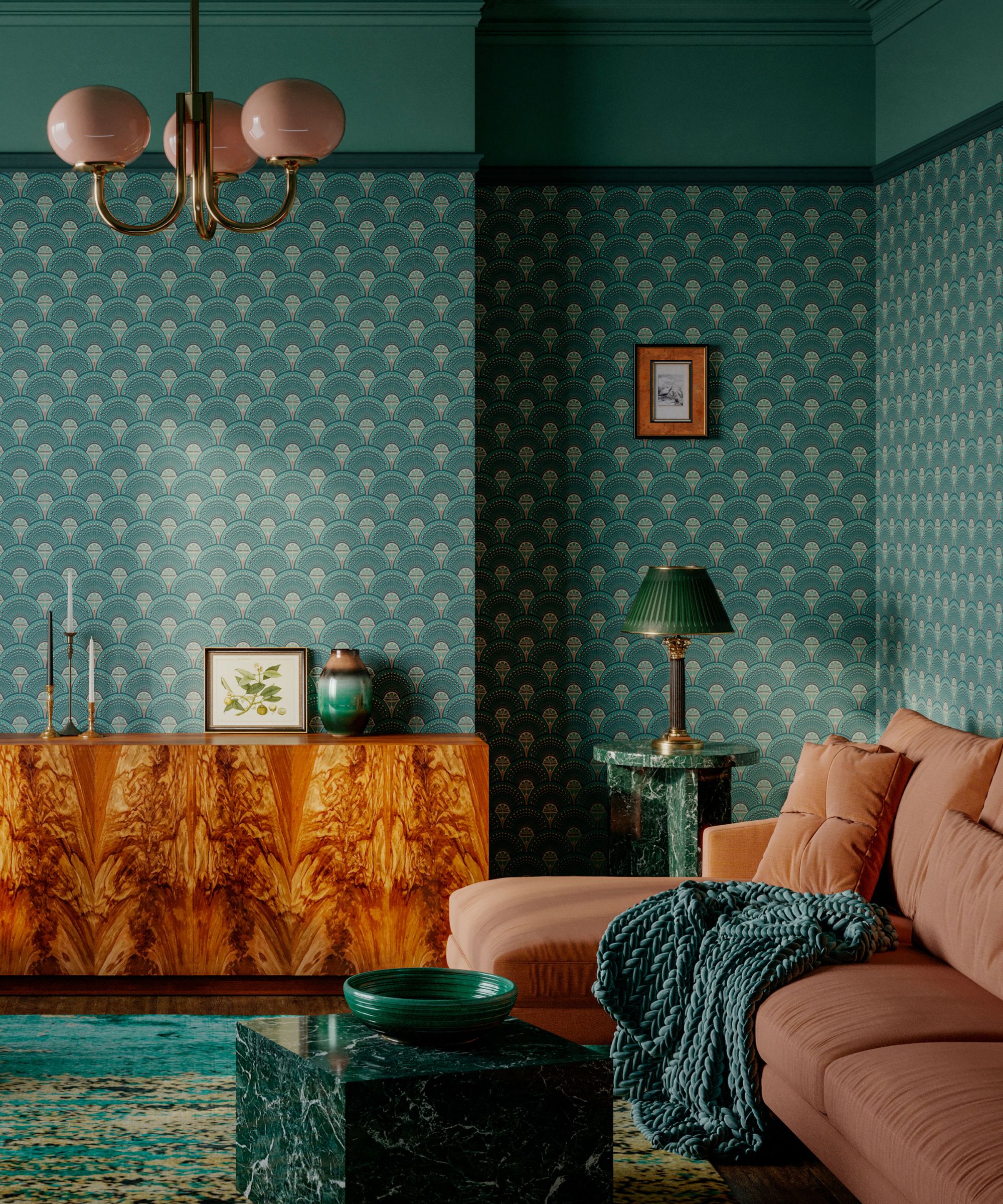
Smart bulbs can dim lights automatically and create a less confusing environment for flying birds.
Artificial light can also be dangerous. 'Birds, particularly in spring and fall, are drawn to lit areas,' says Maren. 'Dawn is a common time for strikes, as birds descend and mistake reflections for habitat.'
Using smart lights that dim as the evening gets darker can help solve the problem. 'Warm-light LEDs are less confusing for birds,' says Thomas, adding, 'closing blinds or curtains at night helps reduce interior reflections.'
The benefits of smart lighting include being able to set warmer lighting automatically – I use Philips Hue smart bulbs at home, and they're great for any lamp or light fixture.
3. Rethink your landscaping
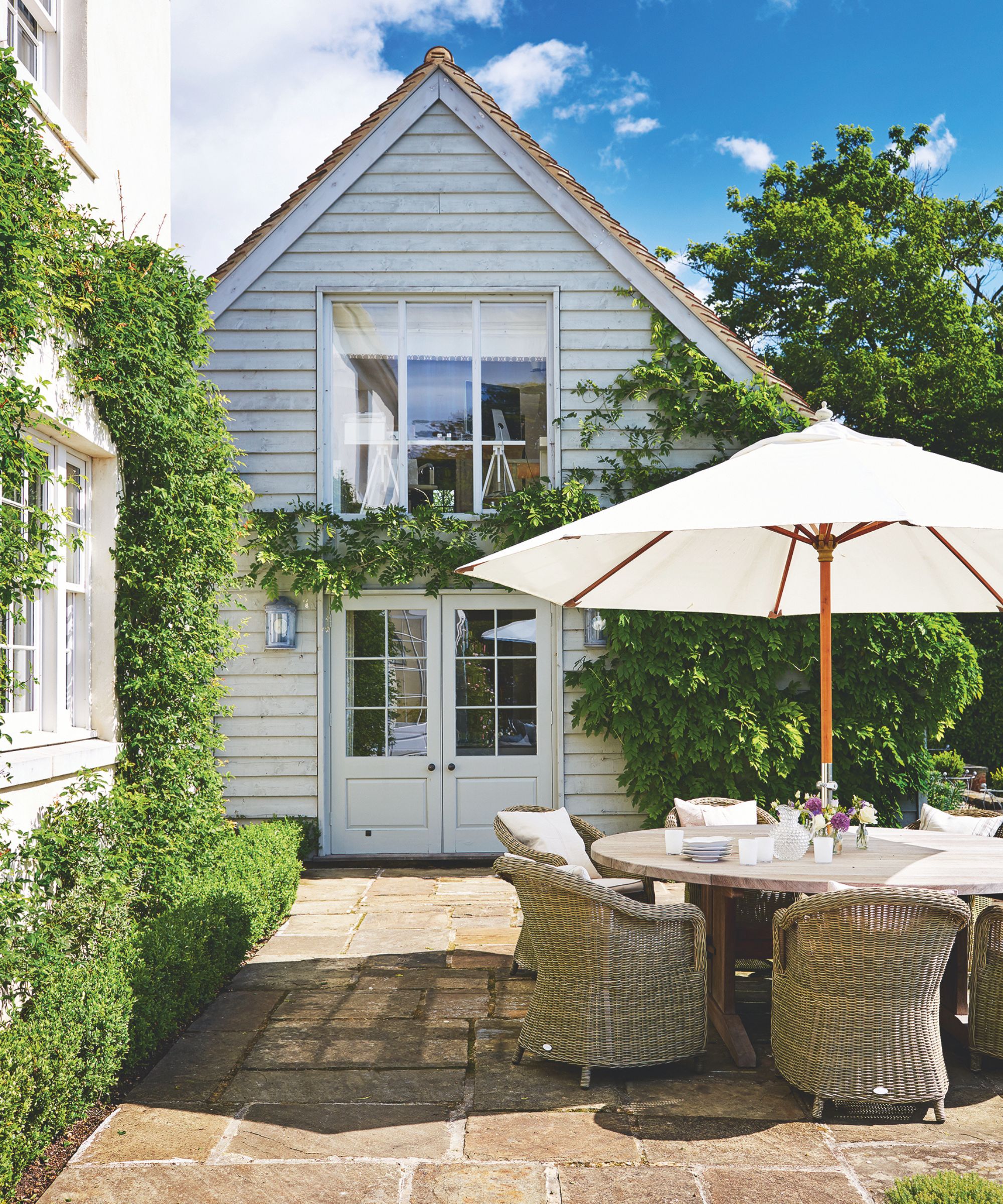
More long-term solutions include planting vegetation that breaks up reflections, and placing bird feeders strategically to slow birds' flight paths.
'The closer glass is to dense vegetation, the greater the risk of bird strikes,' says Maren, adding, 'If a window reflects trees or shrubs, birds think it’s part of the landscape.'
Avoid placing plants or feeders directly in front of large panes. Instead, offset greenery or use outdoor features like trellises or shrubs to break up reflections. You can also deter certain species using colors that repel pigeons, for example.
If you feed birds, 'Place bird feeders and baths either more than 30 feet away or within 3 feet of windows,' Thomas says. Closer bird feeders reduce flight speed, and feeders placed further away help to prevent disorientation.
'Move indoor plants away from windows too. Birds might try to reach them, especially if they see the greenery from outside,' he continues.
You can get creative with bird feeder alternatives to provide safety outside your home. And if you’re already updating your home, it’s worth adding bird protection to bigger jobs like weatherproofing your windows.
As Maren puts it, 'This isn’t a bird problem – it’s a design problem. The more we treat it that way, the more we can protect our ecosystems.'
Next, delve into our wildlife-friendly garden ideas and learn about natural pest control methods that are humane and non-toxic.

Dan is the Home Tech Editor for Homes & Gardens, covering all things cleaning, sound, smart home, and air treatment across the Solved section.
Having worked for Future PLC since July 2023, Dan was previously the Features Editor for Top Ten Reviews and looked after the wide variety of home and outdoor content across the site, but their writing about homes, gardens, tech and products started back in 2021 on brands like BBC Science Focus, YourHomeStyle and Gardens Illustrated.
They have spent more than 400 hours testing and reviewing vacuums, soundbars and air purifiers for Homes & Gardens.
Dan has a BA in Philosophy and an MA in Magazine Journalism. Outside of work, you'll find them at gigs and art galleries, cycling somewhere scenic, or cooking up something good in the kitchen.

